Listen to James Forsyth discuss the tale of two political partnerships:
[audioboo url=”http://audioboo.fm/boos/1746142-james-forsyth-on-david-george-and-ed-ed”/]
Six and a half years after Gordon Brown finally badgered Tony Blair out of Downing Street, the relationship between these two men still dominates British politics. Why? Because David Cameron and George Osborne, and Ed Miliband and Ed Balls are, in their different ways, doing what they can to prevent history repeating itself. Their relationships are both informed by the Blair-Brown breakdown.
Cameron and Osborne have quite deliberately structured their working lives to avoid replicating the tensions within New Labour. The pair shared a set of offices in opposition with their aides sitting in the same room. This was meant to prevent the emergence of two separate, competing power centres. If it had not been for coalition, the pair would have carried this set up into government.
Even now, it is hard to see where one’s team ends and the other’s begins. Visitors to No. 11 are frequently told to go in the door of No. 10 and walk through the ostentatiously unlocked interconnecting door. Moreover, Osborne and his key aides are regularly present at No. 10’s morning and afternoon meetings.
The cardinal sin in the eyes of the Tory leadership is to try to create, or exploit, differences between Cameron and Osborne. Cameron’s No. 10 rarely briefs against ministers intentionally. But when, during the 2010 spending review, Liam Fox, then the defence secretary, tried to play the Prime Minister off against the Chancellor, authoritative word about how ineptly Cameron thought Fox had handled negotiations quickly reached the ears of journalists.
Those who work for Cameron and Osborne refuse to see any conflict of loyalties between serving the two men. When years ago I pressed one aide as to whom he owed allegiance he became quite testy, saying that this was a choice he would never have to make. He then added, as if this resolved the issue, ‘They both came to my birthday party.’It was a reminder of how social ties are used to strengthen the Cameron project. Cameron and Osborne are godfathers to each other’s children.
Their friendship has always been political. Indeed, there is an intriguing question about whether they would be friends if they were not engaged in this joint venture. One person who knows them both socially doubts that they would be. They point out that, ‘If you look at Dave’s friends, not many of them are like George’, who is more far more urban than Cameron.
Politically, however, the two are joined at the hip. When Osborne was in trouble over first Deripaska’s yacht and then the 2012 Budget, Cameron — and his aides — did what they could to help. There was never any suggestion of jettisoning him; Cameron is too loyal for that. As one senior No. 10 figure put it to me during the fallout from the 2012 Budget, ‘The only person who can move George is George himself.’
But are they too close? Their shared background — public school and Oxford — means that they represent a politically unbalanced ticket. No. 10 has tried to counteract that by thrusting forward some more working-class figures. But as one minister notes, ‘As long as George is there, every other appointment doesn’t matter.’
There is also the question of whether a little more creative tension between the two men might not have proved helpful to the Tory cause. A more adversarial shadow chancellor might have objected to the expensive green policies that the Tory leader committed his party to in opposition.
No one could accuse Balls and Miliband of being too close. As Balls revealed this week, in close to 20 years of working together, they’ve never been to the pub together.
Whenever you ask Miliband’s circle about relations between the two Eds, one is always told ‘it is fine now’. The implication is that the two have worked through whatever differences stood between them. But the now infamous leaked email from Miliband’s senior aide Torsten Bell, in which he described Balls as a ‘nightmare’, shows that tensions between the two camps remain. The Milibandites continue to regard Balls with suspicion and as a political liability. They think that he abets the Tory effort to link today’s Labour party to the mistakes of the last Labour government. The ease with which Balls can be goaded into defending New Labour’s economic record makes many of Miliband’s allies despair.
But Balls and Miliband differ from Blair and Brown in two crucial ways. The first was pointed out by Tony Blair himself as Miliband agonised over whether to make Balls shadow chancellor in 2011. Miliband had deliberately not given the job to Balls when he first constructed his shadow cabinet, but Alan Johnson’s resignation reopened the issue. Miliband was nervous about appointing Balls, fearful of a rerun of the Blair-Brown saga. But, in a telephone call, Blair reassured him by pointing out that there had been an actual contest between Miliband and Balls which Miliband had won.
The second is that Miliband and Balls both saw first-hand how destructive the Blair-Brown relationship proved. Balls is, also, well aware of how toxic his reputation for factionalism is. During the Labour leadership hustings, he would nearly always turn in the strongest performance. He was more in command of policy than anyone else and more relaxed. But the issue of Balls’s involvement in the plot against Blair always hampered him. Balls cannot afford to be tarred as disloyal again.
Miliband is also determined to avoid a head-on collision with his shadow chancellor. Having put Balls back in his box over HS2, he now seems to be softening his opposition to a third runway at Heathrow. This extra runway is something which Balls regards as vital to Britain’s economy and which the pair fell out over in government.
But significant differences between them remain. Balls still appears sceptical of Miliband’s whole ‘responsible capitalism’ agenda, which is the raison d’être of his leadership. For their part, many of those close to Miliband reject the idea that the shadow chancellor has to have almost equal billing with the leader. Can a relationship like this really survive the stresses and strains of a general election campaign?
Cameron and Osborne, by contrast, have a tried and tested partnership. Their similarity might be a presentational problem. But the trust between them is one of the Tories’ great political strengths.
Got something to add? Join the discussion and comment below.
Get 10 issues for just $10
Subscribe to The Spectator Australia today for the next 10 magazine issues, plus full online access, for just $10.
You might disagree with half of it, but you’ll enjoy reading all of it. Try your first month for free, then just $2 a week for the remainder of your first year.


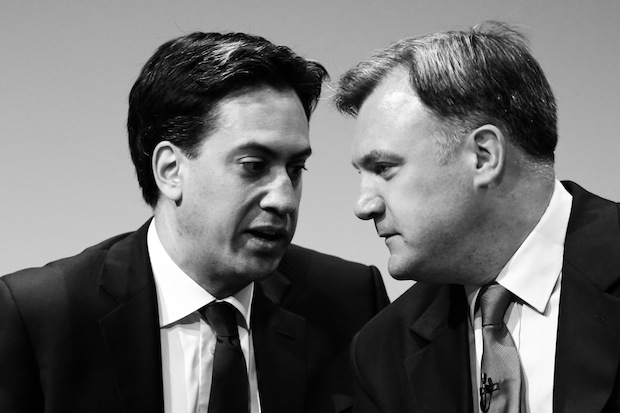
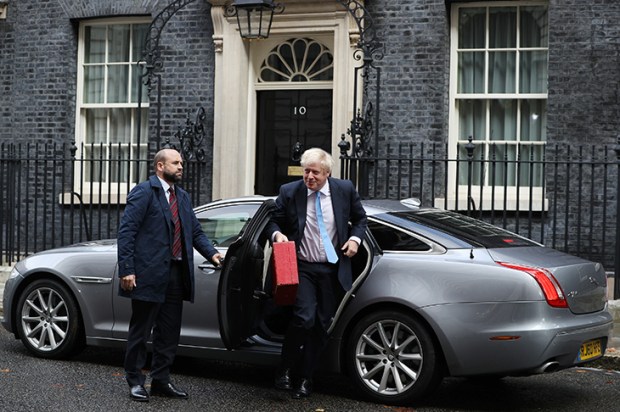

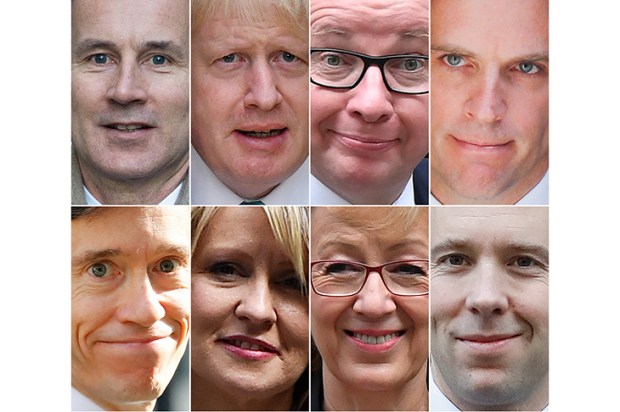

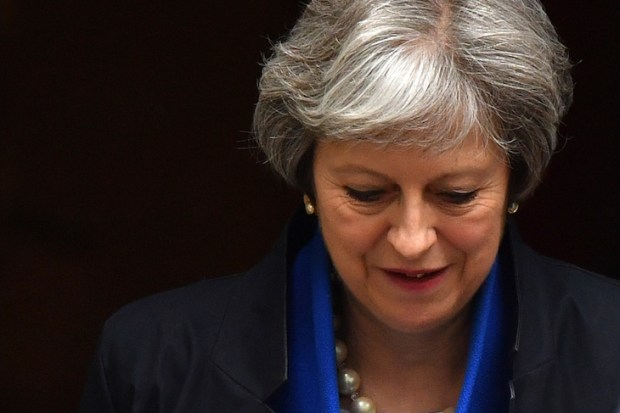
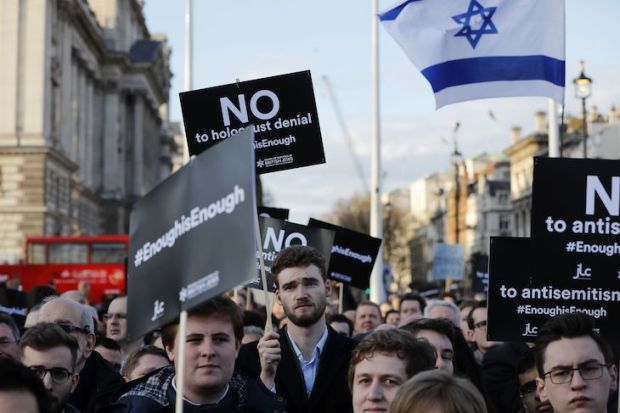






Comments
Don't miss out
Join the conversation with other Spectator Australia readers. Subscribe to leave a comment.
SUBSCRIBEAlready a subscriber? Log in